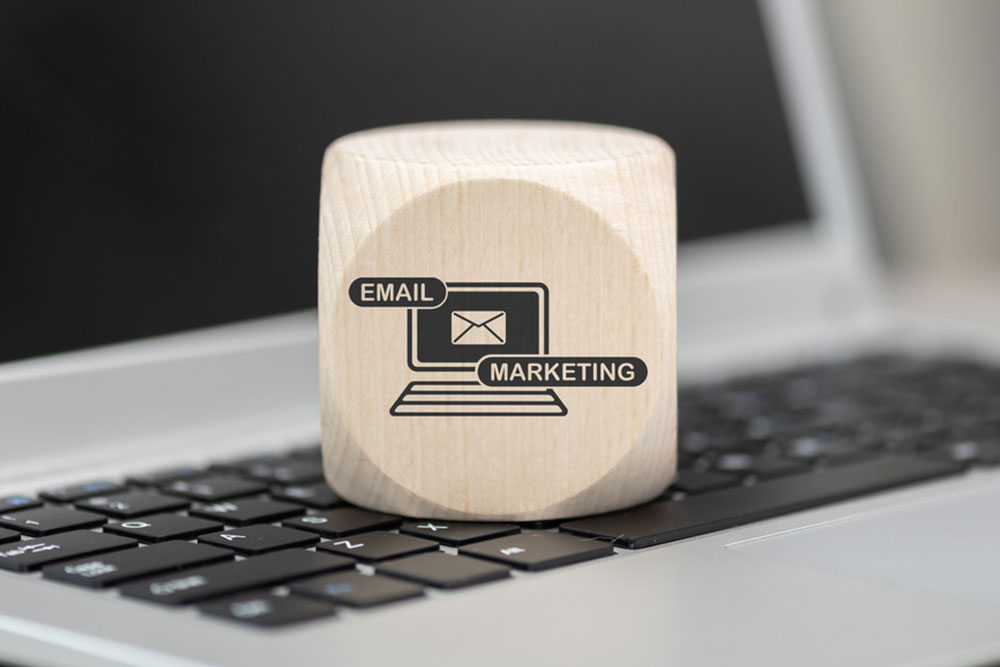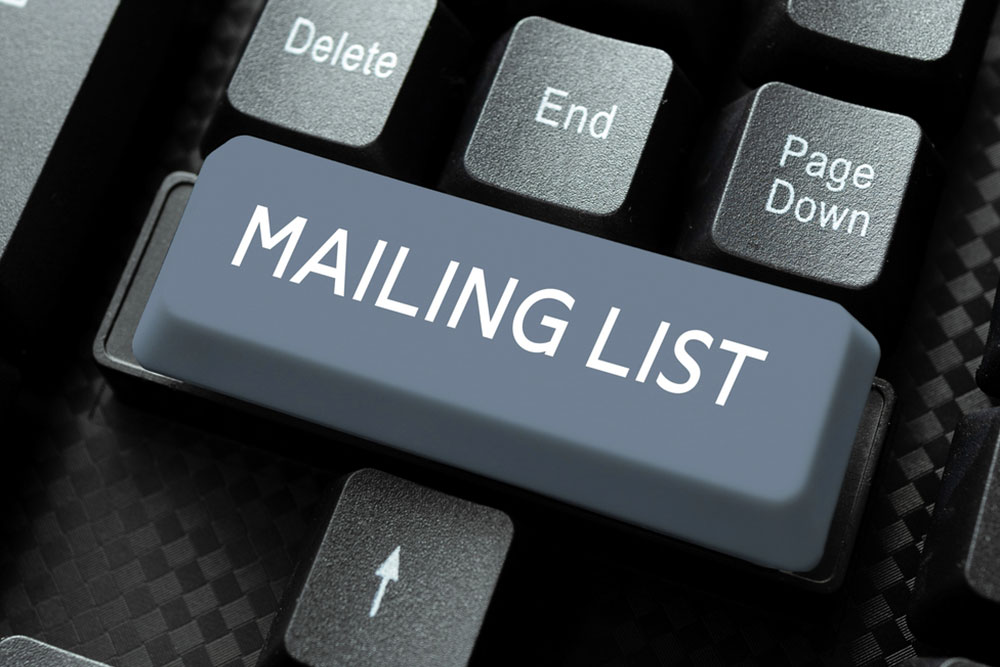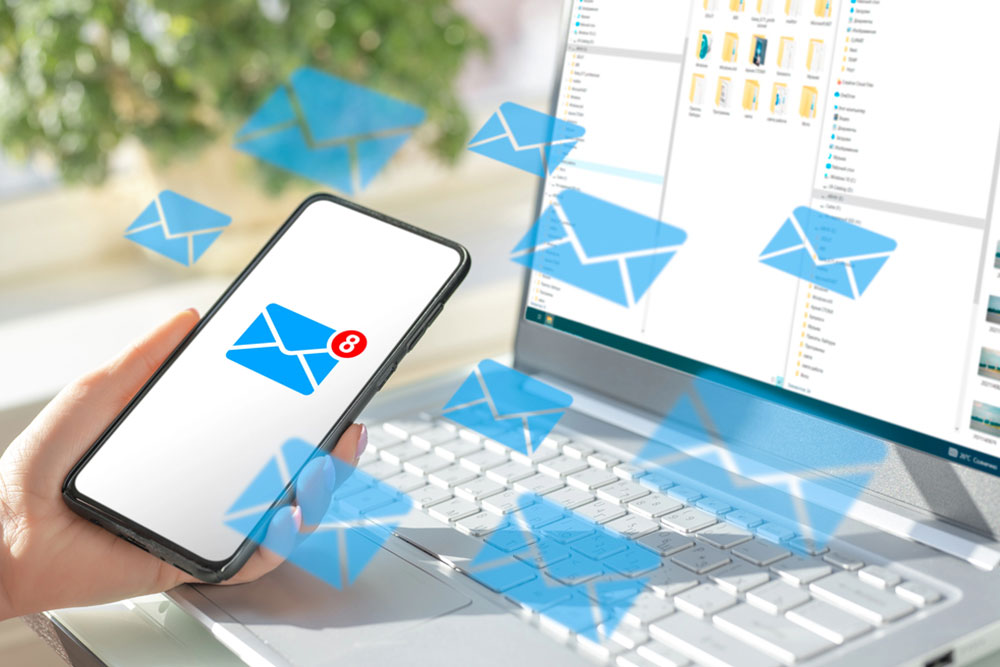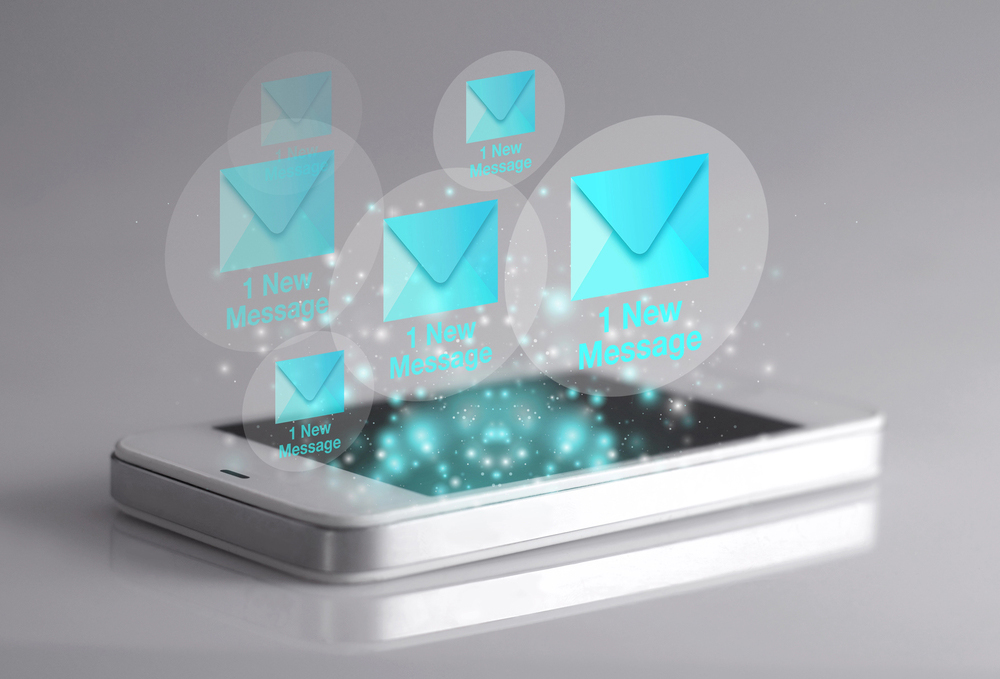How Outdated Data Can Harm Your Business: Risks and Solutions
Outdated data can quietly sabotage even the most well-funded marketing or sales campaign. What seems like a minor detail, like an old address, a wrong phone number, or an incorrect job title, can lead to wasted resources, lost opportunities, and diminishing customer trust.
While modern businesses depend on information more than ever, using the wrong data can do more damage than using none at all.
What Does Outdated Data Really Mean?
When talking about outdated data, we refer to information that is no longer current or accurate. This could include customer contact details that have changed, business names that are no longer in operation, or demographic data that no longer reflects actual consumer behavior.
Data becomes stale for many reasons: people move, jobs change, businesses close, and preferences shift. What was valid last year or even last month, may now be obsolete.
Even the most organized databases slowly decay. Without frequent updates, even carefully collected information loses its value. The result is a basis built on false assumptions.
Damaged Reputation Through Poor Communication
Sending mail or email to the wrong person or to an address that no longer exists reflects poorly on your brand. Recipients notice when companies appear disconnected from reality. It implies laziness or inattention, even if the mistake was unintentional.
Inaccurate outreach does more than waste postage or inbox space. It makes potential customers feel overlooked.
If someone receives promotional materials addressed to someone else, they may never open your message. Or worse, they may block your communications altogether.
Lost Revenue from Misguided Campaigns
Effective marketing depends on precision. Campaigns built on bad data tend to fail before they even begin. When messages land in the wrong hands, sales fall short. Each dollar spent trying to connect with a non-existent or uninterested person is money lost.
For example, when relying on a consumer postal mailing list, having the most current information is important. A mail campaign targeted at households that have since relocated not only misses its mark but eats into your budget without a return.
Sales teams chasing leads based on outdated titles or positions waste valuable hours. Each misstep adds up, creating inefficiency across the organization.
Inaccurate Reporting Skews Decision-Making
Business leaders rely on data to shape strategy. When that information is no longer valid, the decisions based on it suffer. If reports show inflated engagement or traffic from ghost contacts, teams may invest in the wrong initiatives.
Bad data causes problems that ripple outward. Marketing adjusts tactics based on flawed numbers. Sales plans pivot in the wrong direction. Budgets follow false trends. All of this puts the business on a path that leads away from growth.
Identifying the impact of outdated data early can save both time and long-term resources. It allows organizations to course-correct before poor decisions become patterns.
Compromised Customer Relationships
Trust is hard-won and easily lost. Customers want to feel known and respected. Receiving an email that uses the wrong name or references a purchase never made sends the opposite message.
Even longtime clients may start to question their relationship with a company that seems unaware of basic facts. Repeated errors suggest carelessness, which can lead to dissatisfaction or loss of loyalty.
In contrast, updated data makes communication feel more personal. Knowing a client’s correct location, preferences, and past activity leads to messages that hit home.
Poor Performance in Digital Campaigns
Many businesses use digital marketing services to boost online visibility and drive engagement. These platforms often rely on existing customer data to build lookalike audiences, segment campaigns, or retarget previous visitors.
If the source data is outdated, the performance of digital ads will suffer. Ads may be shown to users no longer interested, or excluded from those who are ready to buy. This not only drops performance but skews the insights used for future planning.
Pay-per-click, display ads, and social media promotions all demand accurate targeting. Poor data undermines all of them.
Legal Risks and Compliance Violations
Outdated data doesn’t just hurt performance, it can also put your business at legal risk. Depending on the industry and region, regulations may require data accuracy and transparency. Sending marketing materials to the wrong people or retaining outdated information could result in penalties.
Compliance with consumer data laws is growing stricter around the world. Businesses that continue to use stale records may find themselves on the wrong side of legal action or regulatory fines.
Proactive data management reduces the chance of these risks. It shows respect for privacy laws and customer preferences alike.
The Hidden Cost of Neglect
Many companies underestimate the true cost of outdated information. It’s not just about one failed email or one missed sale. The issue spreads into operations, planning, and public image.
Over time, small inaccuracies accumulate. What once was a useful tool becomes a liability.
A system full of old contacts, incorrect demographics, or expired subscriptions becomes dead weight. It slows down progress, breeds frustration, and wastes resources.
The effort it takes to clean a database is far less than the damage done by letting it decay. Regular maintenance should be part of any smart business plan.
Solving the Data Problem
Fixing the issue starts with admitting there’s a problem. Many businesses don’t realize how outdated their systems are until campaigns start to flop or complaints roll in. But the solution doesn’t have to be complex.
Begin by auditing your databases. Identify what’s still valid and what needs updating. Use reliable third-party data sources to cross-check and fill in gaps. Look for patterns in bounce rates or unresponsive leads. That’s often where outdated records hide.
If your business works with a consumer postal mailing list, consider verifying addresses periodically through reputable services. Even a modest cleanup can deliver massive improvements in campaign performance.
Work with Experts Who Value Accuracy
Outsourcing parts of your data or campaign management can be wise, but only if your partner respects data accuracy as much as you do. Vendors offering digital marketing services should be held to high standards. Ask how often they verify contact details or update their mailing lists.
Avoid anyone who promises results without showing you where their data comes from. Transparency in sourcing and regular updates should be part of the relationship. Your brand’s reputation depends on it.
The Sprint Data Solutions Worldwide Marketing Approach
At Sprint Data Solutions Worldwide Marketing, we’ve seen firsthand how the right data changes everything. Our approach starts by making sure our clients work with current, reliable information.
Outdated data leads to missed chances. On the other hand, accurate lists open doors.
Owned and operated by a disabled veteran, our company was built on precision and commitment. We know that success doesn’t come from guesswork, it comes from knowing your audience and speaking to them in ways that matter.
We help businesses, nonprofits, and political groups clean up their databases, improve outreach, and reclaim lost momentum. Whether you’re mailing to households or engaging through digital platforms, we help match your message to the right people.
Our experience across industries means we know how to adapt to different needs. From updating consumer postal mailing list entries to fine-tuning digital strategies, we build campaigns that work in the real world, not just in theory.
If you’d like help turning outdated data into actionable results, reach out to Sprint Data Solutions Worldwide Marketing today.











